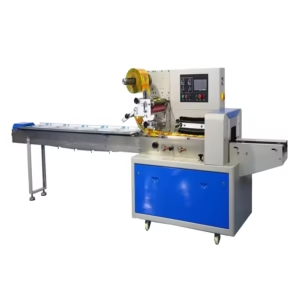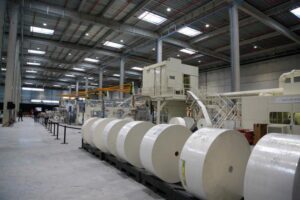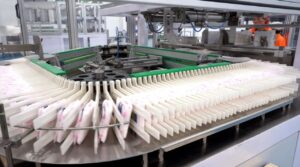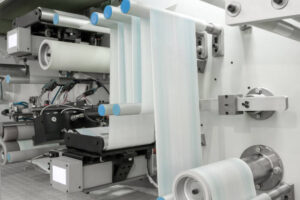Specially created fabric, like this Favourite Fab Garden Fabric, are frequently used to protect against frost, but it can also be used to block insects (and birds) or reduce the intensity of the sun. Having a variety of crop cover fabric on hand is a good idea. To support the cloth, use Super Hoops.
Favourite Fab non-woven fabric (also known as crop cover or floating crop cover) is versatile. It prevents black spots on fruit and addition to any gardener’s tool shed:
- Plants should be protected from the cold and wind under winter cover crops zone 7.
- Insects are kept at bay, and disease is kept at bay.
- Prevent warming of the soil and plants.
Crop cover fabric is simple to work with: you may drape it over plants or support it with hoops or a wooden frame. Use soil or Earth Staples to secure the fabric’s edges. Highly used in winter cover crops for vegetable gardens.
Variants of crop cover
Crop covers used in areas like Haldwani must be versatile in use. The temperature doesn’t change usually, but whenever it does, situations can get pretty bad. Favourite Fab uses non-woven in making crop covers are best suitable for this role. A material made-up of plastic but not even close to plastic, when we talk about the harm plastic is causing to the environment.
All-purpose Fabric
All-Purpose non-woven fabric is a 70 per cent light-transmitting polypropylene that keeps the heat in, the pests out, and provides a good windbreak for new transplants. It permits rainwater and irrigation from above to reach the plants and soil.
Plants will be protected from frost damage down to 28 degrees F with All-Purpose Garden Fabric. The fabric can be cut with scissors to fit over standard-width rows or used in wide-row plantings as is. When not in use, fold the material and store it away from the light and dampness.
Summerweight Fabric
Summerweight Fabric is a lightweight garden cover that holds less heat than All-Purpose non-woven fabric and may be used all year to protect your crop cover fabric from birds, insects, and the spread of insect-borne diseases. It transmits up to 85% of available sunlight and does not obstruct rain or irrigation from above. This cover should not be used to guard against frost.
Favourite Fab non-woven fabric
Non-Woven Fabric is a thicker version of our All-Purpose Fabric, made of polypropylene fibers that transmit 60% of light. Frost protection is provided with Non-Woven Fabric (down to 24 degrees F.). The thick fabric is perfect for extending the growing season into early spring and late fall, as well as for keeping strawberries, herbs, muskmelon, perennials, tiny fruits, and other fragile landscape plants warm throughout winter.
Shade netting Fabric
The lush, juicy flavour of homegrown lettuce can be affected by intense summer weather, rendering it bitter. A few days of hot sun will cause lettuce to bolt, spoiling the season. These UV-stabilized plastic shade nets block 50% of the summer sun while yet allowing cool air to pass freely. To hold the fabric in place, use fibreglass hoops and clothespins.
How to Use Non-Woven Fabric in Spring
Prepare the soil and plant your transplants or seed in the area. Drape the fabric over hoops or lay it straight on the ground. For larger transplants, such as peppers or tomatoes, or to cover developing crops later in the season, we recommend utilizing support hoops. Do not stretch the row cover too tightly if it is laid directly on the soil. Allow for some slack in the center to allow for growth as the plants mature. The crop will push the cover-up as it grows. To keep the cover in place, mound soil over the edges or fold the edges under 3′′ and attach it with Tall Earth Staples pushed through the cloth and into the soil.
- If you’re using support hoops, make sure the cover is taut and the edges are well buried to keep the cloth stable on windy days. If the wind is an issue, clothespins can be used to secure the fabric to the hoops.
- Moisture and fertilizer requirements of seedlings should be monitored. For thinning or weeding, pull back or remove the cover.
- Check your plants as the weather warms up to be sure they aren’t overheated. When it comes to cool-weather fruits and vegetables like muskmelon and broccoli, this is especially critical. If you notice signs of overheating, such as wilting, leaf damage, or bloom drop, remove the cover. Crop cover for watermelon is specifically designed for situations like these.
Once your seedlings have adapted to being outside and the threat of frost has passed.
Late-Season and Winter Crop Protection
Non-Woven Fabric can be stretched over cold-sensitive crops like tomatoes and peppers in the fall. Unroll the crop cover fabric over the row and use Earth Staples to fasten the edges. Favourite Fab non-woven fabric is a winter protection product for fragile perennials. Gardeners who live in areas with mild winters can use hoops or another support mechanism to keep new growth from coming into touch with the cloth. Wait until the first hard frost to cover fragile perennials, and then cut back any dead foliage and mulch around the plants with straw or grass clippings. The plants should then be covered.
Reusing Garden Covers
The majority of covers will only survive a season or two. Non-Woven Fabric and Shade Netting, for example, will last a long time. Keep the edges properly fastened, and attach the textiles tightly over hoops in windy places to lengthen their life. The non-woven fabric should be folded and kept out of the sun and moisture when not in use. You can recycle them in several ways once they’ve become worn out:
To prevent soil erosion, use pieces of garden cloth over freshly sown lawns.
To create a weed barrier, place covers under bark mulch or dirt.
To lengthen the growing season, cover your favourite flowering annuals during cold autumn nights.
FAQs | CROP COVERS
Q1. Does crop cover prevent black spots on fruit?
Ans. Yes, non-woven crop cover saves crops from black spots on fruits and vegetables.
Q2. Does crop cover prevent soil erosion?
Ans. On some level yes. Crop cover saves crops from flooding and insects. No pests mean no pesticides which ultimately prevent soil erosion.
Q3. Non-woven crop covers are harmless?
Ans. Yes, Favourite Fab manufacture the best, safest and harmless material for agricultural purpose.





































We Do Business On Trust.Our Nonwoven fabric Business is Built on trust. Trust starts with Transparency.
Mr.Ramniwas Garg Founder Of Favourite Group